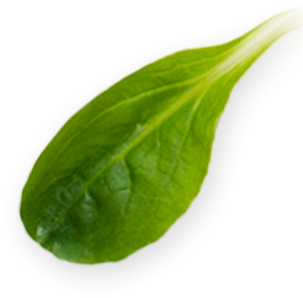How to Prune from Walnut Sapling to Mature Tree?
Regular and proper pruning of walnut saplings is critical for healthy growth and high productivity. This guide will teach you the pruning steps from sapling to mature tree.

Regular and proper pruning of walnut saplings is critical for healthy growth and high productivity. This guide will teach you the pruning steps from sapling to mature tree.

Walnut cultivation is a long-term investment with great potential. However, regular and proper pruning from sapling to mature tree is crucial to ensuring healthy growth, high productivity, and durability.
"Proper pruning of walnut saplings ensures consistent and abundant yields for many years."
Pruning immediately after planting is one of the most critical steps to shape the tree for future growth. After planting, the top of the sapling should be cut, reducing its height to 80-100 cm. This encourages branching and supports the development of a strong main trunk.
Shaping pruning in the first 3-4 years ensures that the tree develops a proper crown structure. During this process:
Another important aspect of shaping pruning is maintaining wide branch angles. Wider angles help branches better support fruit weight and reduce the risk of breakage.
Walnut trees typically start bearing fruit in their 4th or 5th year. Pruning during this phase helps increase yield and keep the tree healthy. Key considerations include:
Pruning mature walnut trees focuses on maintenance and enhancing productivity. During this stage, ensure the following:
It is essential to use sterilized tools during pruning to protect the tree from infections.
Pruning mistakes can negatively affect the tree's health and yield. Common errors include:
By avoiding these mistakes, you can ensure the long-term health and productivity of your walnut trees.
In conclusion, regular pruning is vital for maximizing the yield and health of walnut trees. By following this guide, you can unlock the full potential of your walnut orchard. Remember, proper pruning is the key to a productive walnut orchard.











